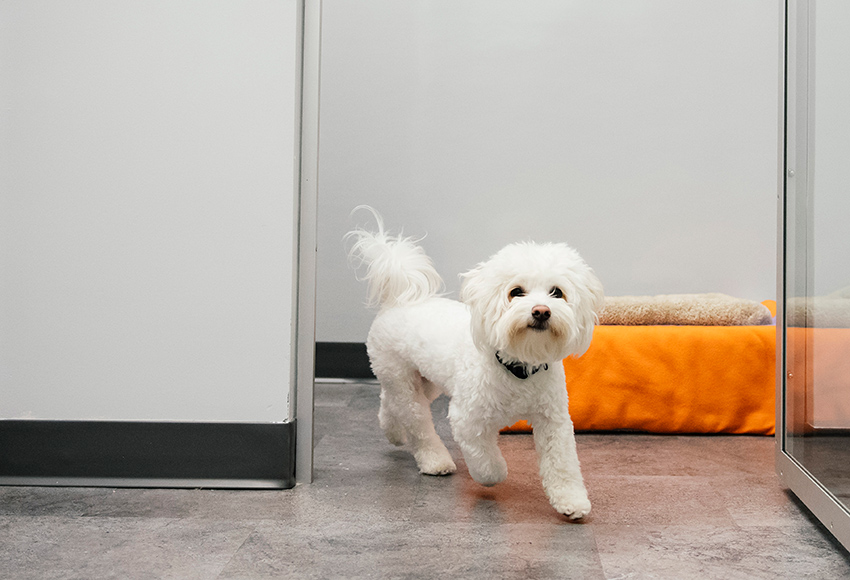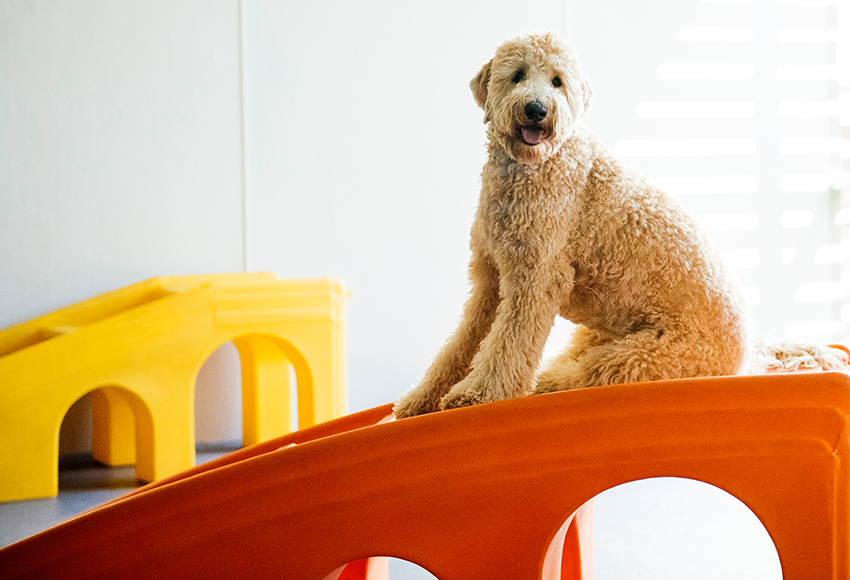When introducing yourself to an unfamiliar dog, it’s important to approach them in a calm and non-threatening manner. Here’s a step-by-step guide to introducing yourself to dogs safely.
Firstly, always ask the pet parent for their permission before approaching the dog. Some dogs may be shy or fearful , so it’s important to respect their boundaries. Approach the dog slowly and from the side rather than face to face. Avoid making sudden, jerky movements or startling noises. Allow the pup to approach you on their own. Avoid reaching out to pet them immediately, as this can be intimidating. Instead, stand side by side with them and let them come to you for a sniff. When introducing yourself to dogs safely, do not put your hands toward their face until they approach you. Sticking your hand towards their faces for them to smell can make shy dogs very uncomfortable.
Dog Body Language
Pay attention to the dog’s body language to determine their comfort level. Signs of a relaxed dog include a wagging tail that moves in a circular motion. A wagging tail is not always a sign of a comfortable dog. It depends on how the pup is wagging their tail. In addition to observing their tails, a comfortable dog will have loose body posture, and ears that are not pinned back nor standing overly tall. If the dog seems tense, fearful, or agitated, give them space! If the dog seems comfortable and relaxed, you can gently pet them under the chin or on the chest. Avoid the top of the head, as some dogs find this uncomfortable. When introducing yourself to dogs safely, always let the pup come to you for petting rather than reaching out to them. http://www.ispeakdog.org/body-language-gallery.html
Signs of Stress or Aggression
Safe dog introductions can be easy if you are aware of the dog’s body language throughout the entire interaction. Some signs of stress or aggression include growling, baring teeth, stiff body, and raised hackles. If you notice any of these signs, calmly back away and give the dog space. Always respect a dog’s boundaries and be prepared to end the interaction if the dog seems uncomfortable or if the pet parent requests it. They know their dog best.
Certainly, every dog is unique, and some may be more timid or shy than others. By approaching dogs with patience, respect, and understanding, you can help create positive interactions and build bonds with them over time. Introducing yourself to dogs safely is achievable when you know how.







